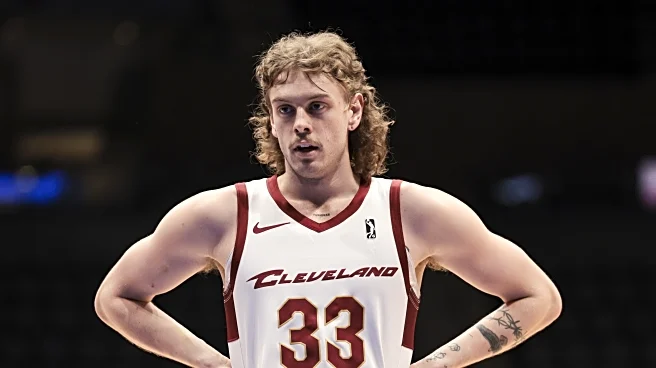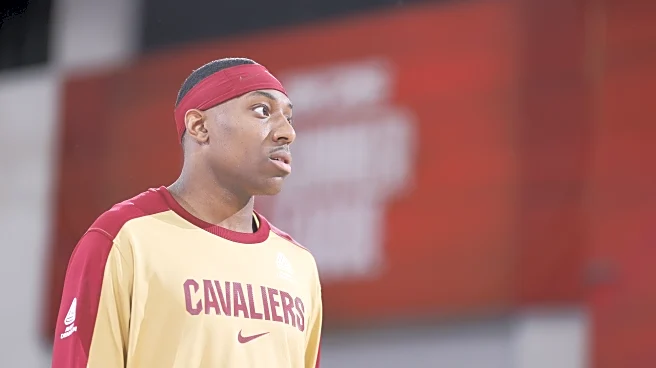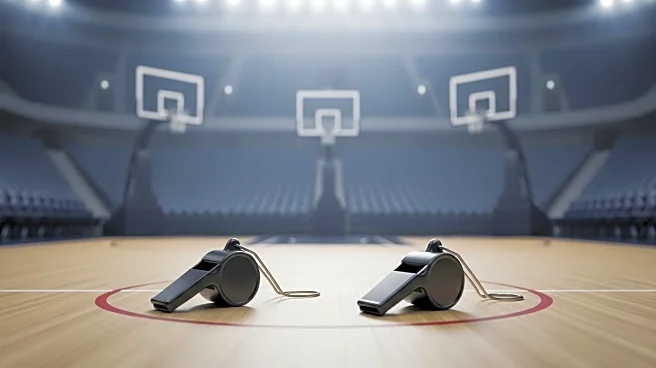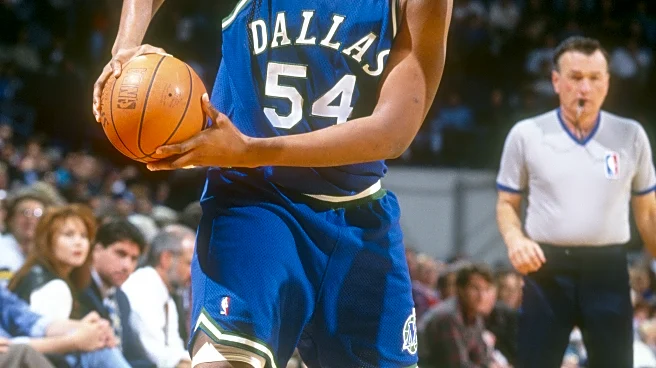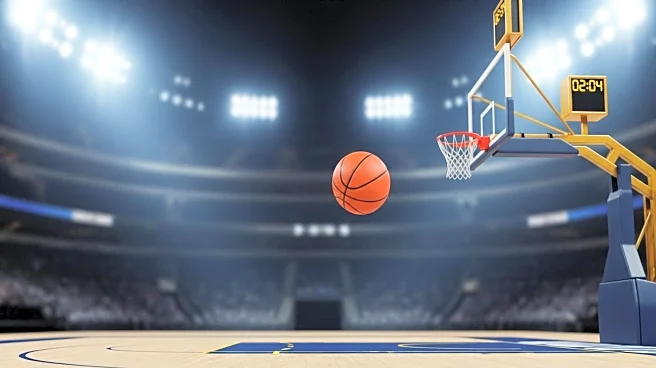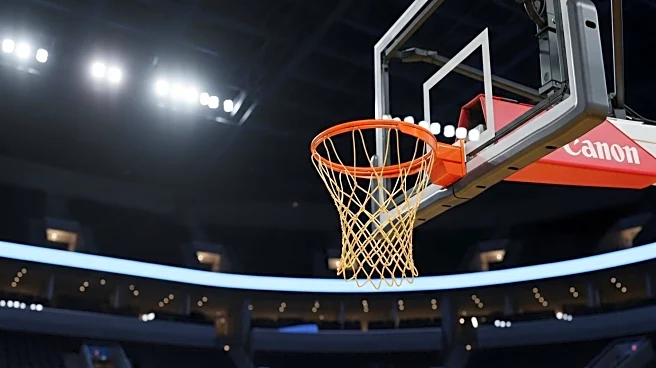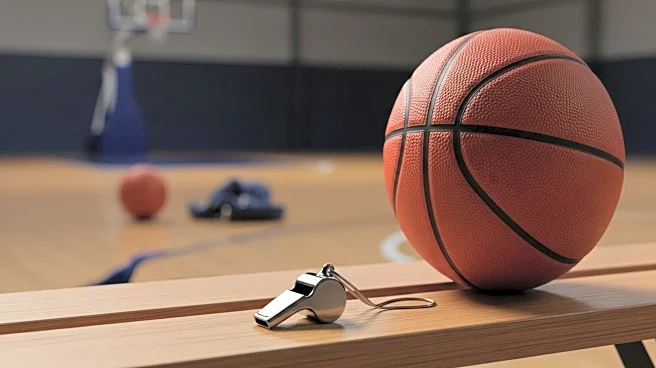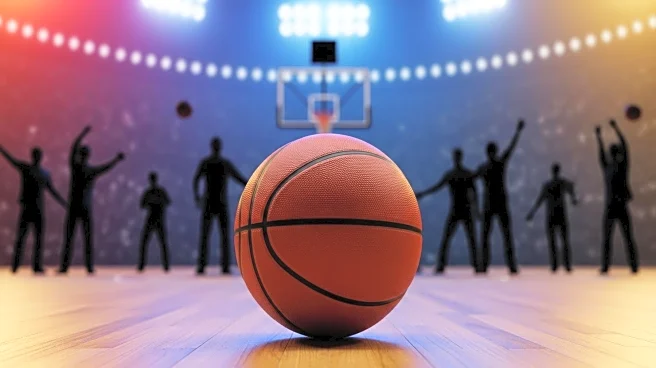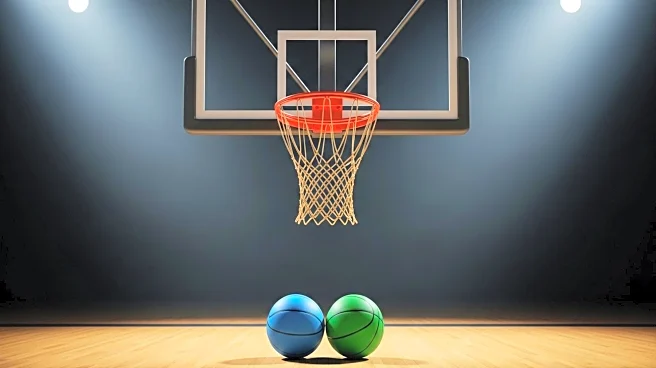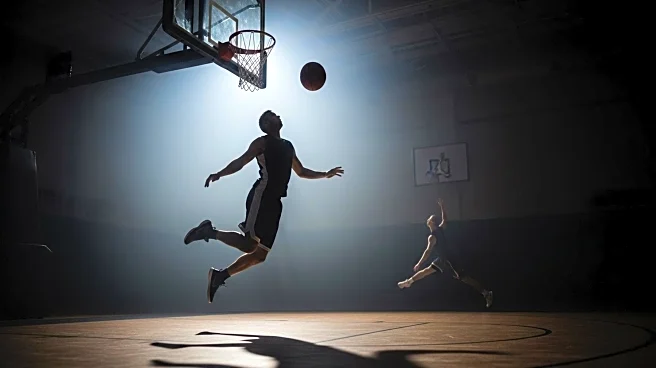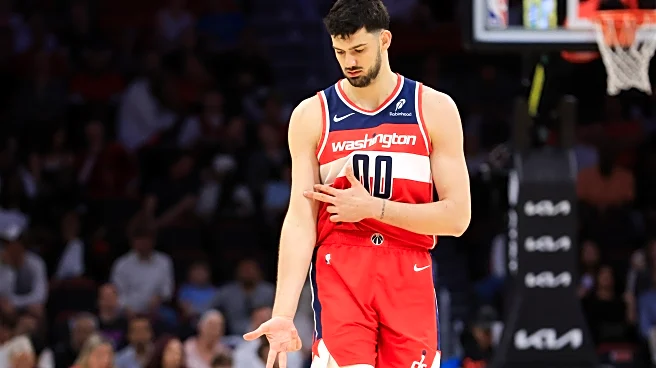
There has been a lot of hype and wonder ever since Luke Travers was drafted by the wing-needy Cleveland Cavaliers. He initially profiled as the point-forward the Cavs needed, a stat-stuffing player who can rebound, pass the ball, and ideally hit a few shots.
That has not materialized.
Travers has been better on paper than in practice, unable to crack out of the G League for any significant amount of time. The Cavs have a good pipeline of G League talent making their way to significant NBA minutes (see:
Sam Merrill, Dean Wade, and Craig Porter Jr.), but Travers has not been one of those players. At least, not yet.
The 24-year-old Australian appeared in just 12 games last season with the Cavs, accruing very little meaningful playing time or statistics. His pathway to playing in the NBA this upcoming season is muddied as well, as the Cavs are a team with not just playoff — but championship — aspirations where every game counts. They aren’t the Washington Wizards who have minutes to spare for young, unproven talent.
The injury to Max Strus does leave a faint crack in the window to eke out some playing time for Travers, but that is largely predicated on other injuries to the wing room as well. But none of that matters if he does not play better in the G League with the Cleveland Charge.
Travers played in 21 games for the Charge, averaging 17 points, 9.8 rebounds, and 7 assists per game. He also averaged over a steal and a block per contest. Those counting stats are nice on paper, but the Cavs need more in other areas for Travers to have a chance of making it up to the major league team for any significant amount of time.
Shooting and defense will be two key aspects of Travers’ game that need improvement. He shot just 26.2% from deep in the G League on under three attempts per game, and 49.8% from the floor overall. While the field-goal percentage is passable, it’s not what you want to see in a league where Travers should be more dominant. The three-point shooting is far below what he shot in even the Australian league (40.5% in 2022-2023). Travers got relatively good looks from deep in the G League last season, but he simply did not knock them down.
Defensively, Travers once again looks better on paper with his counting stats than he does in the game. Too often he looks a step slow for guarding small forwards and too small for larger power forwards. He is a “tweener,” a tough spot to be in. Travers is caught between two positions without being able to gain a significant advantage over either one (see: former Cavalier Derrick Williams).
This isn’t to say that Travers is what he is. The Charge had a down season last year and are going to look different when they start playing in the next few months. New head coach Eli Kell-Abrams will come with a different offensive game plan and scheme. Emoni Bates is no longer on the roster either, potentially freeing up more offensive touches for Travers and an opportunity to shoot more. On the flip side, not having a shooting threat like Bates on the floor with Travers means he may have to flex those passing skills more as well — another wrinkle he could bring to the Cavs. After all, passing is spacing.
Travers would also do well to learn from fellow “tweener” Larry Nance Jr., who is one of the few combo bigs who has carved out niche roles across the league. Nance has improved his shooting and passing, and can reasonably play power forward and center if needed. Nance is an inch taller and has three more inches on the wingspan, but the point remains that Travers could learn a thing or two about becoming more versatile between playing two different positions.
This likely isn’t the end of the line for Travers if he doesn’t play well this season, but the Cavs could opt to pivot if they don’t see enough growth. As a team with limited resources and draft picks in the near future, Travers may have a shorter leash if things do not go well. Still, the skillet is tantalizing, and something the Cavs are clearly invested in maximizing.
